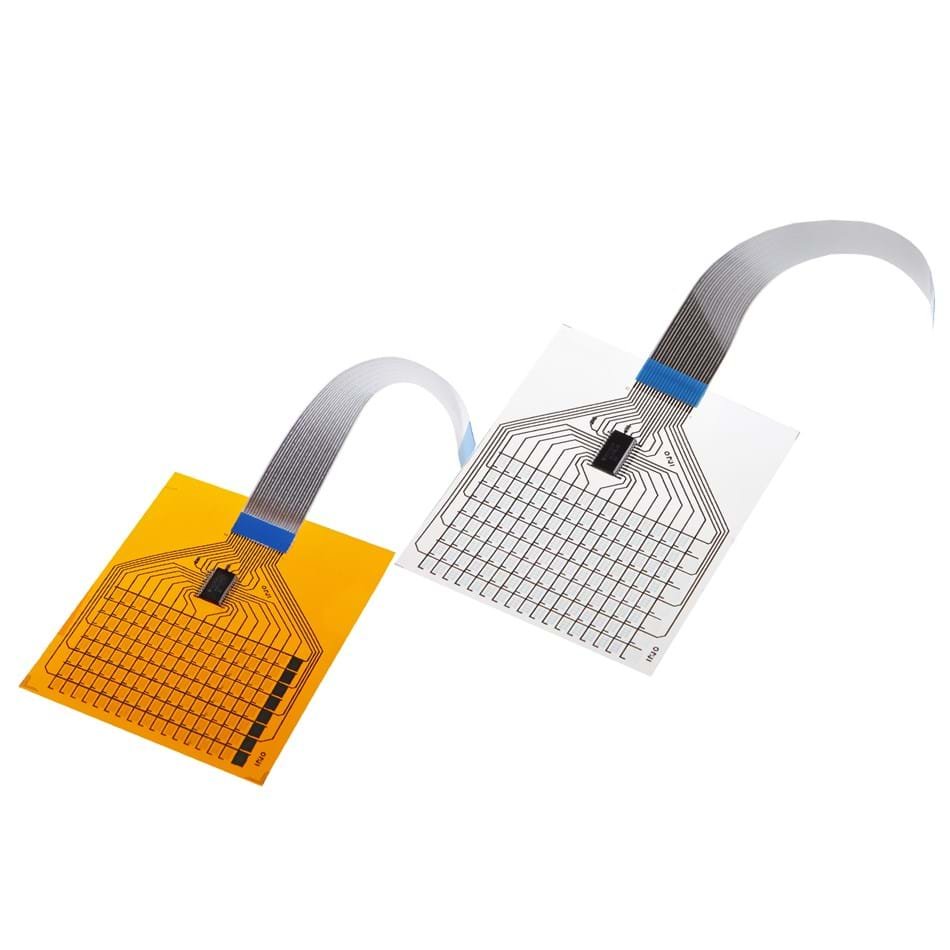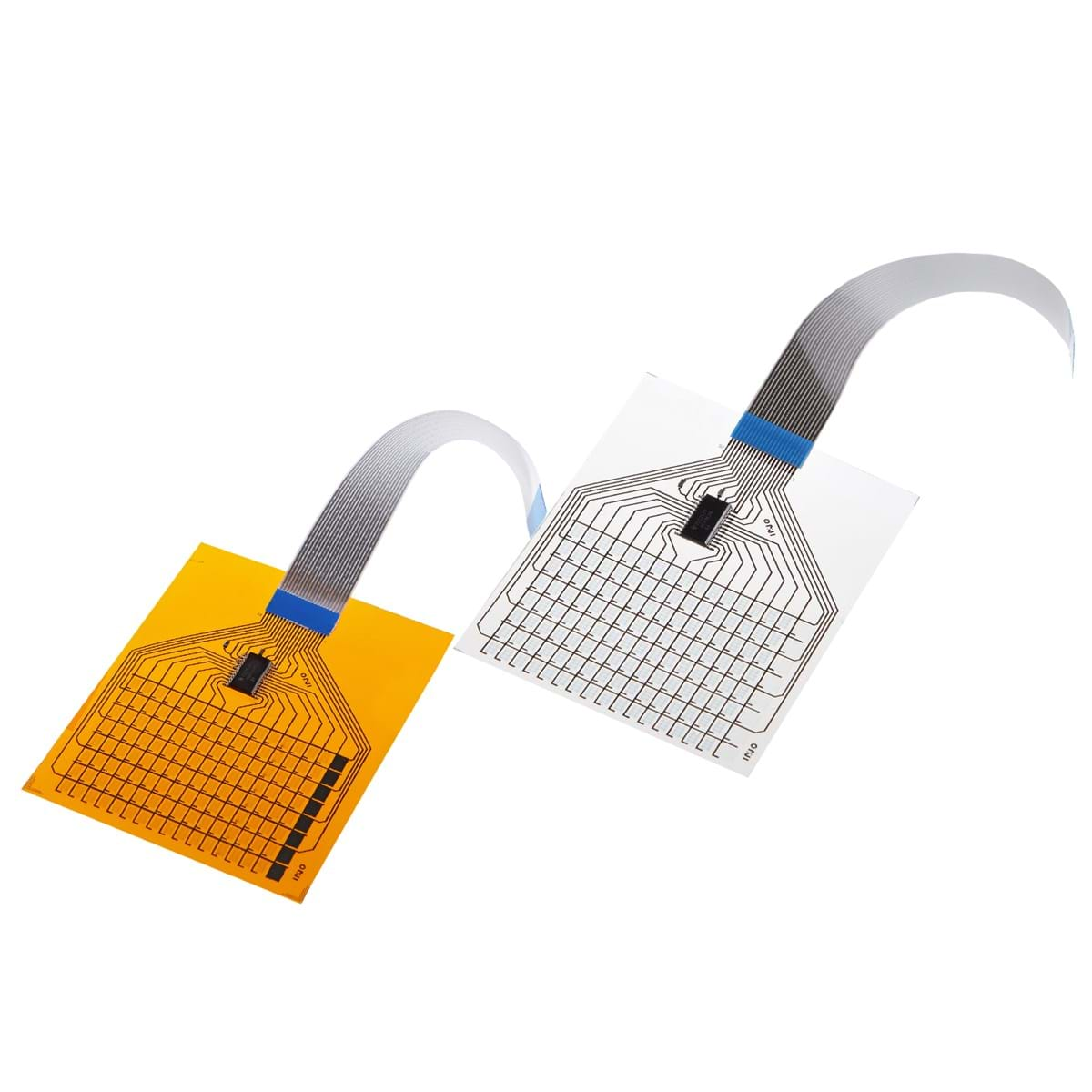The rise of the IoT is forcing industry to explore new ways to produce thin, flexible, lightweight circuits at much lower cost. Whether it’s for intelligent packaging in the food and pharmaceuticals industries, smart watches and clothing, toys, home automation, or any number of other applications, rigid circuits are not the solution for the future. Printed electronics and photonics are coming to the aid of IoT by offering new ways to bring the most innovative ideas to life.
Printed photonics are a subfield in the vast domain of printed electronics, which draws on cutting edge printing technologies to manufacture a multitude of electronic products. From transit tickets to ID labels for library books, printed electronics are already in widespread use in the world that surrounds us. The global market for printed electronics and related products is expected to reach some US$20 billion by 2024 ($70 billion if we include OLED screens). Printed electronics can not only be shaped to meet the needs of all kinds of objects, they’re also flexible, simple to design, easy to mass produce, and very inexpensive.
Soon multiple industries will also begin to reap the benefits of printed photonics. Applications range from smart bandages for use in medicine to smart food industry labels capable of monitoring packaged fresh products during shipping by providing information on conservation status, humidity level, temperature, and so on.

Let’s not stick our heads in the sand though: the proliferation of connected objects means new sources of waste once these objects reach the end of their useful lives. The short lifespans of electronic devices is actually a big problem—one that forces us to think about end-of-life management from the very start of the design process. The more often we ditch our old devices to buy new ones, the more e-waste accumulates in landfills and elsewhere, posing a significant environmental challenge. In 2016, for example, Canada contributed 724,000 tonnes of e-waste to the worldwide total of 45 million tonnes. Much of that e-waste, some of which is toxic, ends up in Canadian landfills every year, where it gradually contaminates soil and groundwater.
We’re well aware of the urgent need to reduce the amount of e-waste being produced, and we’re also convinced that the mass adoption of printed electronics can only be achieved through “green” processes and devices that are compatible with the recycling chain. Printed electronics have an advantage over conventional electronics in that they use laboratory-made, all-carbon components rather than mined inorganic materials. That’s why INO has become an active member of Canada’s NSERC Green Electronics Network (GreEN). According to GreEN’s instigators, the development of eco-friendly materials, methods, and processes is one of the biggest challenges facing the electronics industry today.
At INO, we’re working hard to develop green processes for printed photonics. Not only do we use materials that are less harmful to produce, but our processes for developing temperature and humidity sensors are water-based—water being the most eco-friendly solvent of all. The materials we use are primarily carbon-based, and therefore biodegradable and potentially recyclable, unlike those used in conventional electronics. They make our technologies more sustainable and socially acceptable.
Eco-friendly materials and processes are also safer for the INO team and the industry players that manufacture printed photonics. By conducting research to make our materials and printing processes “greener,” we’re doing our best to go one step further every day for the health of our planet.
If you have printed photonics requirements and are looking for ways to do more for our planet, feel free to contact our team for details on what our eco-friendly technologies can offer you.




